We're told that we should be the change we want to see in the world – and best-selling health and fitness author Mike Matthews did exactly that when he founded Legion Athletics.
Legion was born out of Mike's personal frustration and disappointment with ineffective supplements. Having wasted some of his own money on formulas that didn't work, he resolved to spare others from a similar fate.
Legion was one of the first companies in a new wave of supplement brands committed to taking a science-backed approach to formulation. Prioritizing scientific rigor turned out to be visionary because in the years since Legion's founding, supplement consumers are much better educated and a lot more discerning about where they spend their hard-earned cash.
Mike's faith in consumers' intelligence has paid enormous dividends. Legion is one of the industry's great success stories, and its rise demonstrates that fair play is a path to success in this market.
Legion PUMP SURGE – Non-Stim Pumps
Today we're talking about Legion's stimulant-free PUMP SURGE formula. It exemplifies the company's formulation philosophy in one very impressive way: it's focused.
Pump Surge has just four ingredients, each one carefully selected and dosed for efficacy. It's led by Nutrition21's Nitrosigine (inositol-stabilized arginine silicate), has classic do-it-all hydration osmolyte taurine alongside, but then takes a twist with high-dosed hesperidin and grape seed extract, a simple yet powerful combination we've never seen before.
Let's get into how it works, but first, check PricePlow's news and deals:
Legion Pump Surge – Deals and Price Drop Alerts
Get Price Alerts
No spam, no scams.
Disclosure: PricePlow relies on pricing from stores with which we have a business relationship. We work hard to keep pricing current, but you may find a better offer.
Posts are sponsored in part by the retailers and/or brands listed on this page.
This area is reserved for Team PricePlow's upcoming videos.
Subscribe to our channel and sign up for notifications so you catch it when it goes live!
Legion Athletics Pump Surge Ingredients
In a single 1-scoop (4.5 gram) serving of PUMP SURGE from Legion Athletics, you get the following:
-
Taurine – 2,000 mg
Four clinically-validated ingredients combine in Pump Surge to add to nearly any flavored pre-workout, including Legion's PULSE!
Taurine is a common and well-known ingredient in energy drinks because it's a metabolic jack of all trades – it has ergogenic, nootropic, and fat burning effects, but without any stimulant action!
Taurine as osmolyte – improves cellular hydration
The main reason taurine shows up in pre-workout formulas is its stats as an osmolyte. This means that taurine influences the dynamics of osmosis around your body's cells by forcing a higher-than-normal amount of water into those cells. This water-saturated state is called cellular hyperhydration, and it produces a number of benefits for physical performance.[1]
Because so many important nutrients are water-soluble, improving cellular hydration can, in turn, improve your cells' access to those nutrients. This has obvious benefits for cells under stress. Hyperhydration also facilitates cellular waste removal, meaning that toxic metabolic byproducts have less of a chance to build up and impair performance. All of this adds up to improved cellular heat tolerance,[2] which can be a key factor in athletic endurance.
Taurine can also improve electrolyte availability in muscle cells[3] and decrease the likelihood of cramping.[4]
According to a 2018 meta-analysis, a single 1-gram dose of taurine, taken just before a workout, can significantly improve athletic endurance.[5] In Pump Surge, of course, we have 2 grams of taurine, besting those significant results. Generally speaking, more taurine is better (we've seen safe doses up to 6 grams,[5-7] in case you're unsure), so we're all for the move from 1 to 2 (or more) grams.
The bottom line is that maximal muscle water saturation results in a better pump, and that makes taurine a great ingredient to lead this formula, especially at this dose.
-
Nitrosigine (Inositol-Stabilized Arginine Silicate) – 1,500 mg
Nitrosigine is primarily found in pre-workouts due to its ability to boost nitric oxide levels... but don't forget about its cognitive-supporting capabilities!
Nitrosigine is a premium ingredient made by Nutrition21 that promotes nitric oxide (NO) production. It consists of the amino acid arginine complexed with inositol and silicate.[8] In peer-reviewed literature, Nitrosigine is often called inositol-stabilized arginine silicate, abbreviated as ASI.
Increasing NO production comes with a number of benefits for performance and recovery because the NO molecule triggers vasodilation, a mechanism that causes arteries to expand in diameter. This naturally supports healthy blood pressure and heart rate, allowing your cardiovascular system to work more efficiently – and, perhaps most importantly, it delivers massive pumps by increasing muscle blood perfusion.
Nitrosigine's raison d'être – solving the arginine bioavailability problem
Not only does Nitrosigine immediately boost N.O. levels, it keeps them elevated for a period of up to 2 weeks!
L-arginine used to be the supplement industry mainstay nitric oxide booster, which made intuitive sense since arginine is the most direct precursor to NO. However, arginine gradually fell out of favor thanks to the so-called arginine paradox,[9] which refers to the problems associated with arginine's low oral bioavailability. Specifically, for arginine to work effectively, the dose has to be so large that it often leads to gastrointestinal distress.[10,11] This, of course, limits its potential in pre-workout supplements.
Biochemically, arginine suffers from low bioavailability because it has a higher affinity for an arginine-degrading enzyme called arginase than it does for endothelial nitric oxide synthase (eNOS), which is the enzyme that actually creates NO.[12] Once arginine binds to arginase, it becomes unusable in the NO synthesis pathway, meaning it has no impact on serum NO. This premature degradation of arginine is called the first pass effect.[13-16]
While the rest of the industry started moving to L-citrulline, Nutrition21 did everyone one better by developing Nitrosigine, a dramatically-improved arginine-based ingredient.
Nitrosigine's clinical 1.5-gram dose is fast-acting and long-lasting
The standard Nitrosigine dose is 1,500 milligrams per day. Pretty much all the existing research literature on Nitrosigine was conducted with this dose, so you can rest assured that, again, Legion Athletics is appropriately dosing this ingredient.
This dose has been shown in multiple studies to increase arginine production starting on day one of supplementation,[17,18] and the effects actually compound the longer you take it![18] This dose increases serum arginine as quickly as half an hour after ingestion, with the effect lasting up to 6 hours[18,19] – and remember, more serum arginine means a greater potential for NO production!
1.5 grams Nitrosigine: Equivalent to 8 grams citrulline malate
One particularly impressive study pitted 1.5 grams of Nitrosigine against a whopping 8 grams of citrulline malate. Both were shown to improve blood flow to the same extent, but it took far less Nitrosigine to deliver the same benefit. ram-for-gram, Nitrosigine was five times as effective as citrulline malate! In this study, the clinical Nitrosigine dose increased flow-mediated dilation (FMD) by an impressive 31%.[17]
Nootropic benefits
When we talk about NO, it's almost always in the context of improving physical performance. But did you know that NO-driven vasodilation can have cognitive benefits as well? This makes perfect sense when you think about it – after all, your brain needs blood just as much as any other organ.
Among NO-boosting ingredients, Nitrosigine has some of the most robust research backing for nootropic applications. Studies have shown that Nitrosigine can:
- Mitigate post-workout cognitive decline when taken before a workout.[20] (For more detail about this study, read "Nitrosigine Prevents Cognitive Decline After Strenuous Activity".)
A nitric oxide booster that improves cognition?! Yes - Nutrition21 passed around this helpful infographic after the Nitrosigine cognition study on healthy young adults was published.[22]
- Enhance cognitive processing speed in young, healthy men who have not recently exercised.[21]
- Increase working memory performance.[22] (We discussed this study in "Study: Improved Working Memory from Nitrosigine in Healthy Young Adults".)
Needless to say, there's a lot more to Nitrosigine than just the muscle-related stuff!
Check out our comprehensive Nitrosigine post
This summary really just scratches the surface of how Nitrosigine works and what it can do. If you want to learn more, read our in-depth article "Nitrosigine: The Nitric Oxide Booster That Enhances Brain Function".
-
Hesperidin (from Citrus L. [Fruit] Extract) – 500 mg
Hesperidin, a flavanone glycoside belonging to the flavonoid antioxidant group, is naturally present in citrus fruits. Oranges are a particularly good hesperidin source.
Studies indicate that hesperidin enhances circulation by, again, upregulating nitric oxide (NO).[23,24] Its impact on blood microvessel function is so impressive that it can be visually perceived. In some studies hesperidin enhanced facial color and skin surface temperature in women with skin conditions.[24,25] Both effects suggest a substantial increase in vasodilation.
So how does it work? Your body converts hesperidin into a metabolite called hesperetin, which then boosts the expression of endothelial nitric oxide synthase (eNOS), the enzyme responsible for arterial NO production.[23]
Hesperidin goes beyond being a nitric oxide (NO) booster – it also plays a role in safeguarding the skin from UV light damage, reduces systemic inflammation, and increases insulin sensitivity, among other things.[26]
-
Grape (Vitis vinifera L.) [Seed] Extract – 300 mg
Grape seed extract (GSE) has potent pro-circulatory and cardioprotective effects, thanks to its wealth of antioxidant compounds like phenolic acids, flavonoids, and proanthocyanidins.[27] The proanthocyanidin polyphenols in GSE are mostly responsible for its benefits, as they have antioxidant, antidiabetic, anticancer, antimicrobial, antitumor, immunomodulatory, anti-inflammatory, cardioprotective, and neuroprotective properties.[27]
Notably, proanthocyanidins can induce vasodilation by prompting endothelial cells to release nitric oxide (NO)[27] – the main reason for GSE's inclusion here.
Research indicates that GSE supplements can:[28-34]
- Improve circulation
- Decrease blood pressure
- Decrease oxidative stress
- Increase bone mineral density
- Support liver, kidney, and brain health
Flavors Available
Conclusion: Quite a Solid "Stacker"

Move over L-arginine, Nitrosigine (inositol-stabilized arginine silicate) actually makes it work as originally desired!
So, there you have it – a short and sweet, but powerful formula. Any supplement with proper doses of taurine and Nitrosigine is a huge win in our book.
Legion has a pre-workout supplement named PULSE that's quite popular, and that's the obvious contender to stack this with. However, you can add it to any pre-workout supplement that doesn't have Nitrosigine, and enjoy increased blood flow to not just your muscles, but to your brain too!
Legion Pump Surge – Deals and Price Drop Alerts
Get Price Alerts
No spam, no scams.
Disclosure: PricePlow relies on pricing from stores with which we have a business relationship. We work hard to keep pricing current, but you may find a better offer.
Posts are sponsored in part by the retailers and/or brands listed on this page.



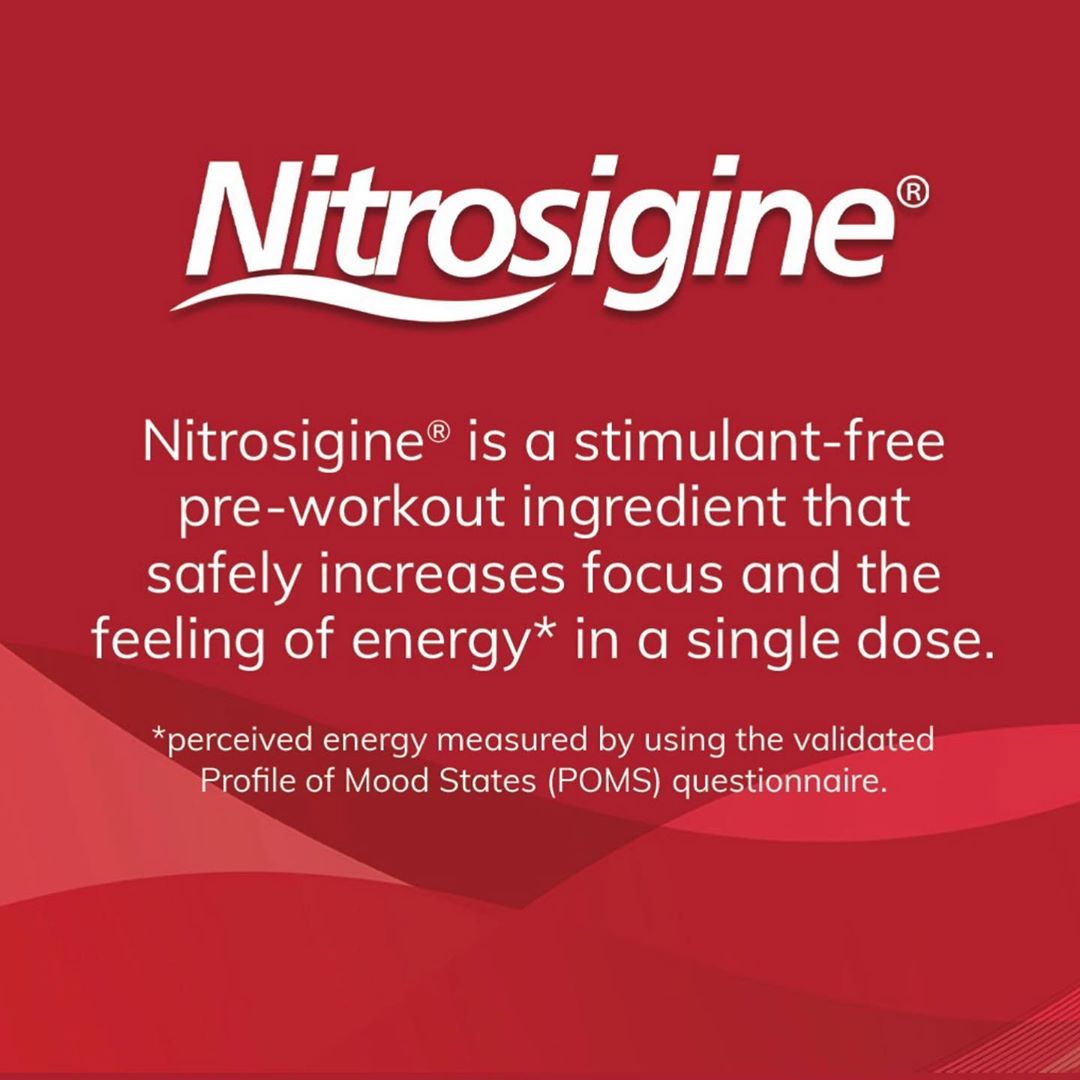
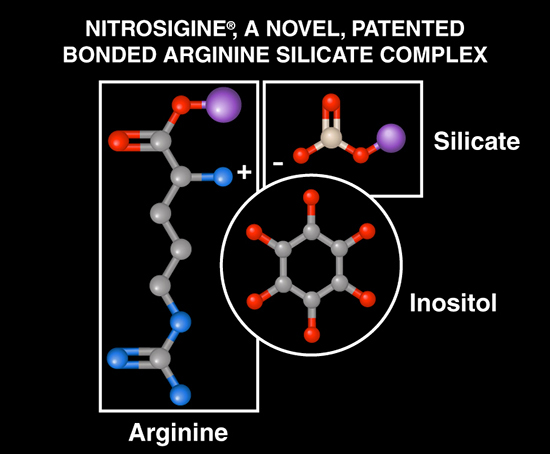
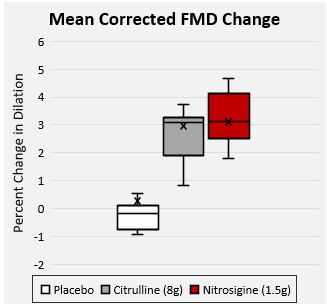
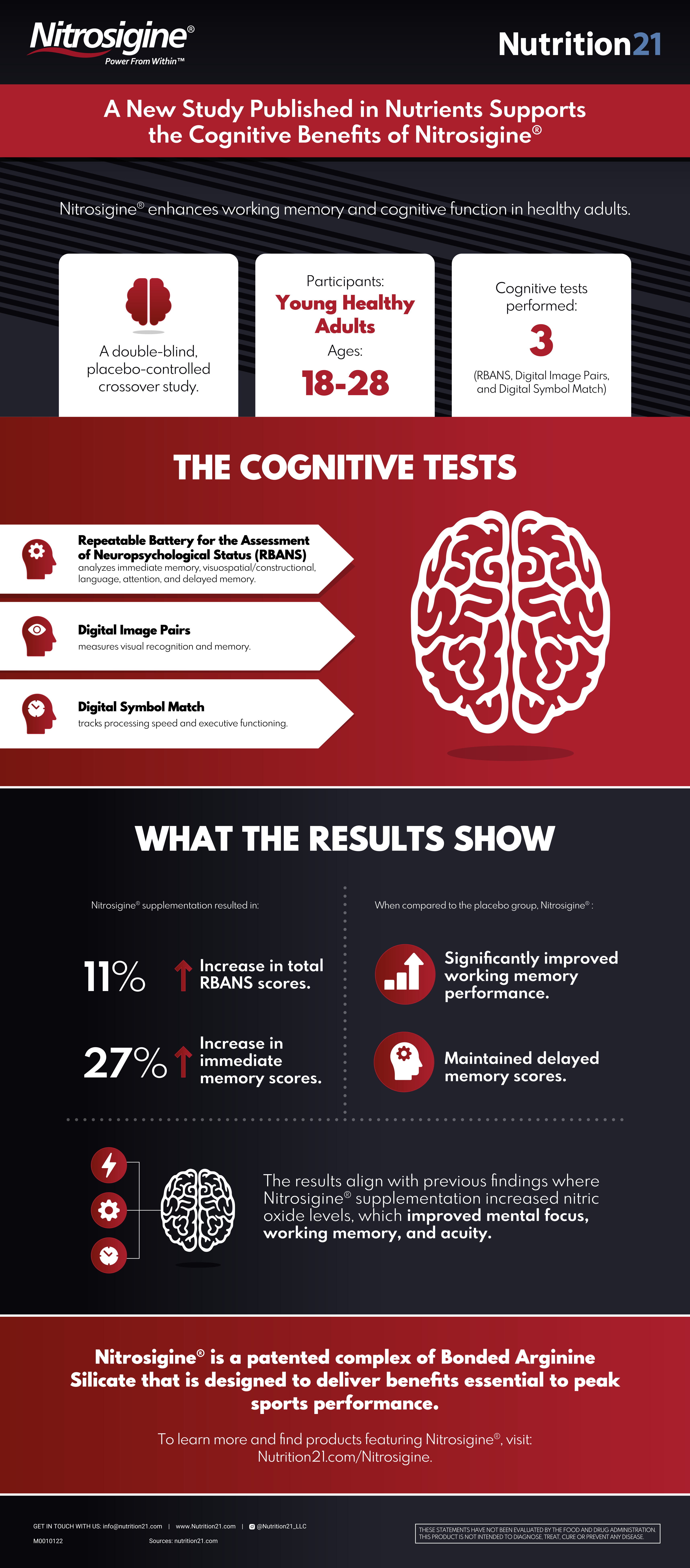
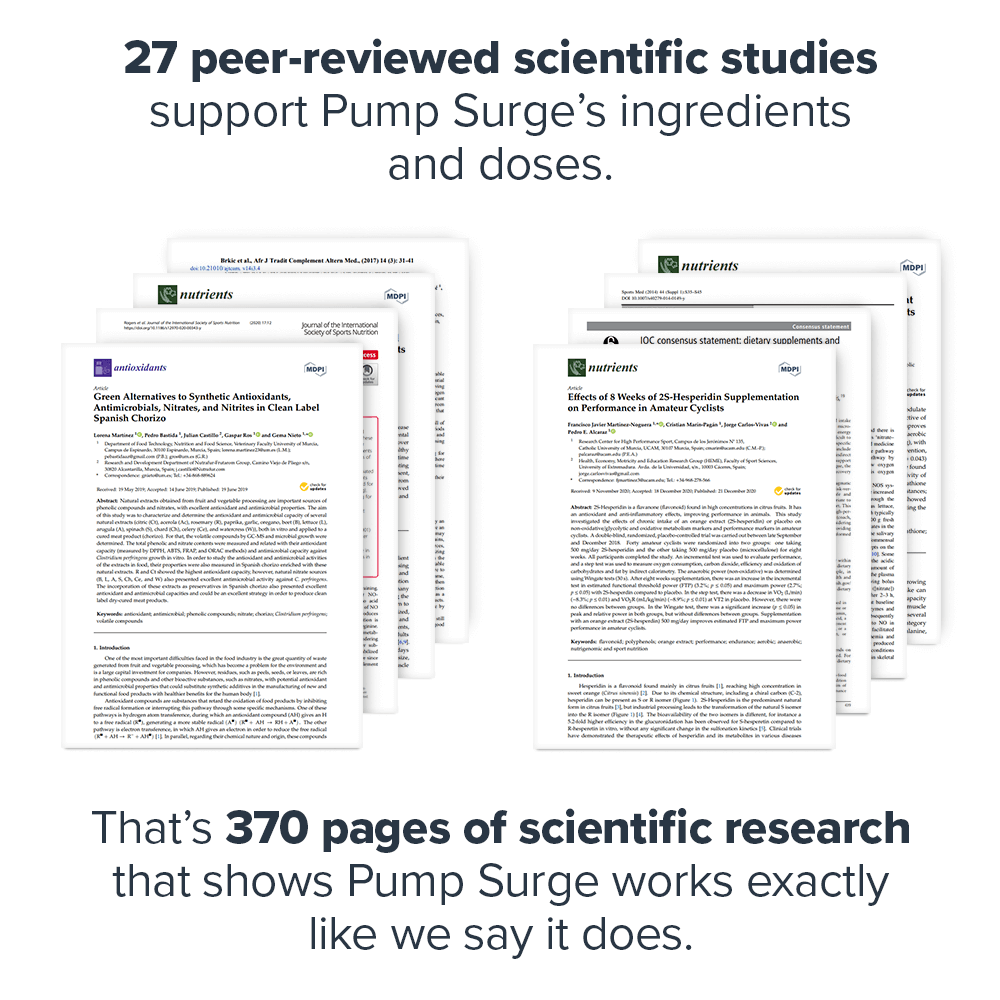


Comments and Discussion (Powered by the PricePlow Forum)